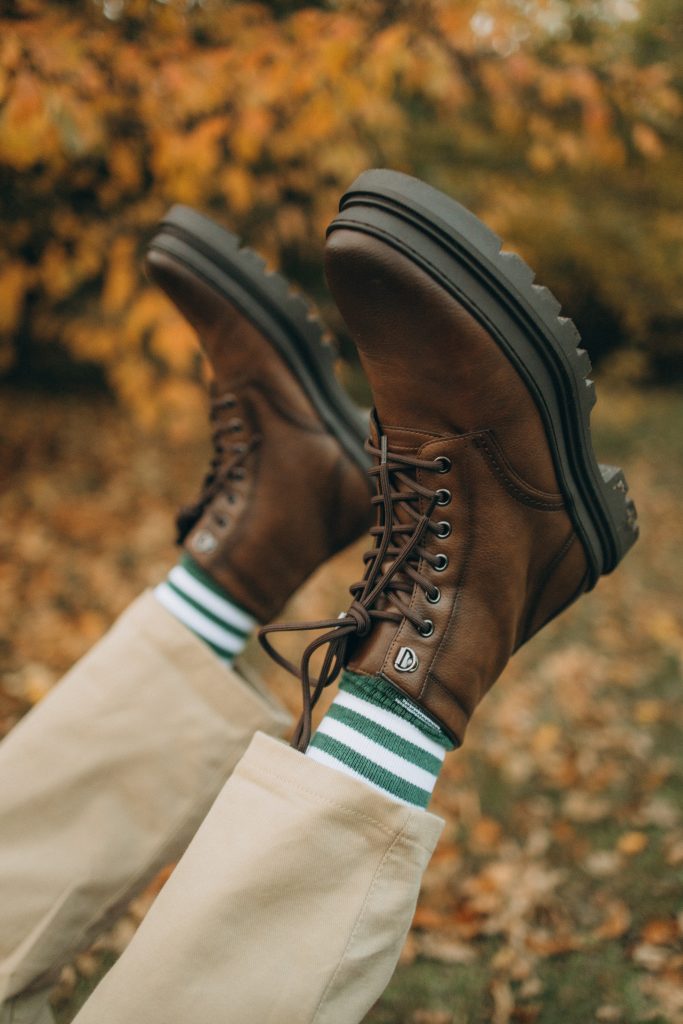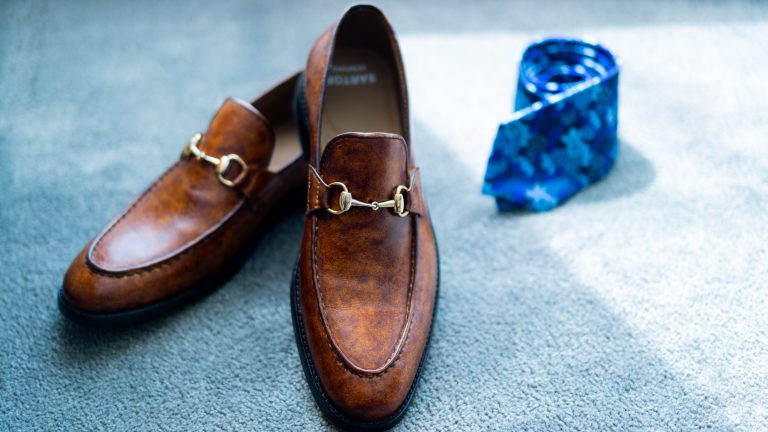1. Which Type of Sole is Used in Safety Shoes?
Sole is Used in Safety Shoes
In the realm of occupational safety, the importance of proper footwear cannot be overstated. Safety shoes, in particular, play a pivotal role in safeguarding workers from potential hazards in various industries. Among the crucial components of safety shoes, the sole stands out as a vital element. In this article, we delve into the types of sole is used in safety shoes, understanding their attributes, benefits, and the relevance they hold in ensuring the well-being of workers.

1. Understanding the Significance of Safety Shoe Soles
Safety shoe soles are engineered with specific materials and designs to provide protection, comfort, and durability. These soles are tailored to withstand diverse workplace conditions, ranging from slippery surfaces to electrical hazards.
2. The Types of Soles in Safety Shoes
2.1 Rubber Soles
Rubber soles are prevalent in safety shoes due to their exceptional slip resistance and durability. They offer a firm grip on various surfaces, making them ideal for environments where slipping is a concern.
2.2 PU (Polyurethane) Soles
PU soles are lightweight, providing excellent shock absorption. They are known for their flexibility and insulation properties, making them suitable for electrical hazard protection.
2.3 TPU (Thermoplastic Polyurethane) Soles
TPU soles combine the qualities of rubber and plastic, offering superior abrasion resistance and durability. They are resistant to oils and chemicals, making them ideal for industrial settings.
2.4 EVA (Ethylene Vinyl Acetate) Soles
EVA soles are known for their cushioning and comfort. They are lightweight and flexible, ensuring ease of movement for workers who need to be on their feet for extended periods.
2.5 Steel Toe Cap Soles
Steel toe cap soles incorporate a steel layer within the sole, providing exceptional protection against heavy falling objects. They are commonly used in construction and manufacturing industries.
3. Factors Influencing the Choice of Safety Shoe Soles
Several factors influence the selection of safety shoe soles, including the nature of the workplace hazards, comfort requirements, and regulatory compliance. Employers often conduct risk assessments to determine the most suitable type of sole for their workforce.
4. Conclusion
Choosing the right sole for safety shoes is paramount in ensuring the well-being of workers. By understanding the diverse options available, employers can make informed decisions, creating safer environments for their employees.
5. FAQs (Frequently Asked Questions)
Q1: Are steel toe cap soles heavy and uncomfortable to wear?
No, modern steel toe cap soles are designed to be lightweight and ergonomic, ensuring comfort for the wearer.
Q2: Can PU soles protect against electrical hazards?
Yes, PU soles have insulating properties, making them suitable for protection against electrical hazards.
Q3: Are rubber soles suitable for oily surfaces?
Yes, rubber soles offer excellent slip resistance even on oily surfaces, making them a popular choice in industrial settings.
Q4: How often should safety shoe soles be replaced?
The replacement frequency depends on the wear and tear. Regular inspections should be conducted, and soles should be replaced if signs of damage are visible.
Q5: Can safety shoe soles be repaired?
In most cases, it is recommended to replace damaged safety shoe soles to maintain optimal protection and comfort for the wearer.




Leave a comment